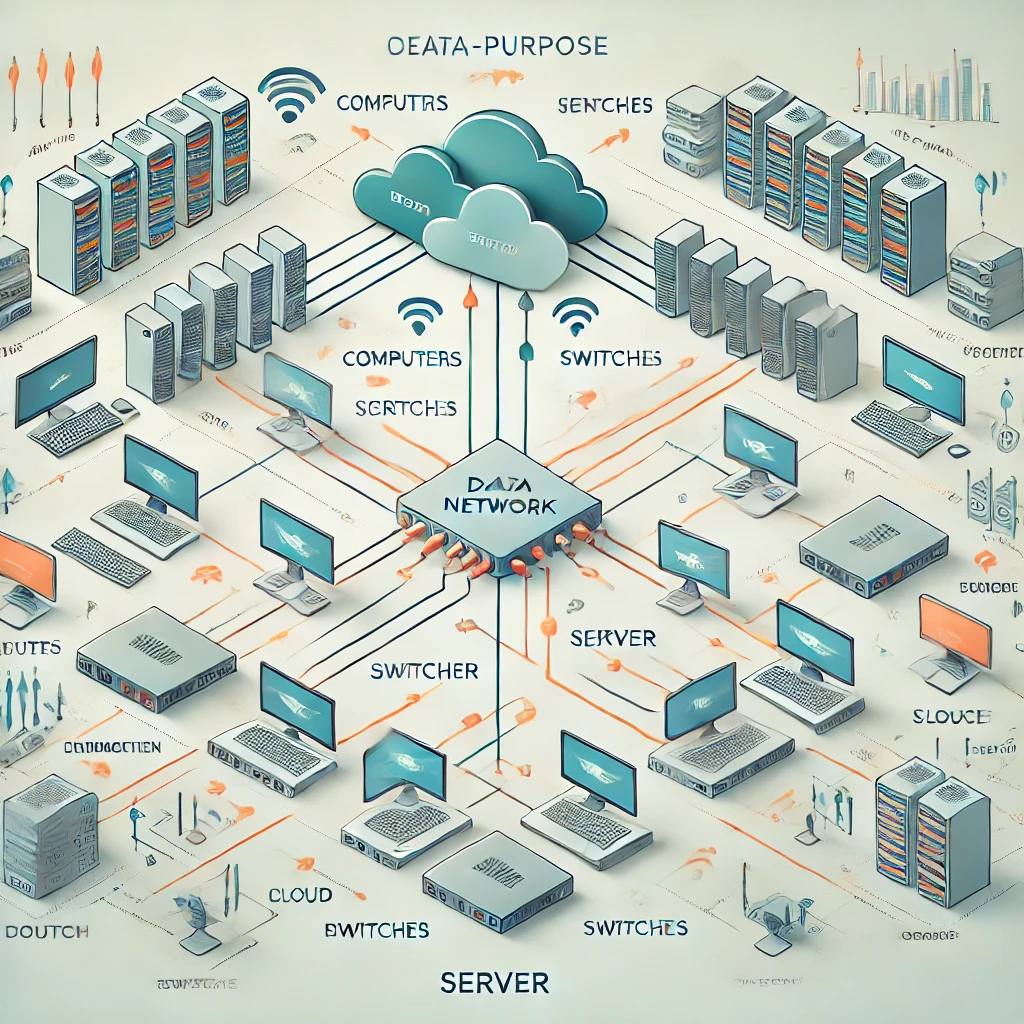The Indispensable Role of Standards in Networking

Categories:
4 minute read
In today’s interconnected world, networks have become the lifeblood of businesses, organizations, and individuals alike. From the smallest home network to the vast expanse of the internet, networks facilitate seamless communication, data transfer, and resource sharing. However, the smooth functioning of these intricate systems heavily relies on a common language: standards.
Understanding Network Standards
Network standards are a set of guidelines, protocols, and specifications that govern the design, implementation, and operation of networks. They ensure interoperability, compatibility, and reliability across different devices and systems, regardless of their manufacturer or vendor.
the Importance of Standards in Networking**
Interoperability:* Device Compatibility: Standards ensure that devices from different manufacturers can communicate and work together seamlessly. For example, a router from Cisco can connect to a switch from Juniper, and both can communicate effectively.
Protocol Compatibility: Different protocols, such as TCP/IP, HTTP, and FTP, adhere to specific standards, allowing devices to exchange data in a standardized format.
Reliability:* Error Correction and Detection: Standards incorporate error correction and detection mechanisms to minimize data loss and corruption during transmission.
Security: Standards define security protocols and practices to protect networks from cyber threats.
Efficiency:* Optimized Performance: Standards promote efficient network utilization by defining optimal packet sizes, transmission rates, and other parameters.
Scalability: Standards enable networks to grow and adapt to changing needs, ensuring smooth operations as the network expands.
Innovation:* Foundation for New Technologies: Standards provide a solid foundation for the development of new network technologies, such as 5G, IoT, and cloud computing.
Accelerated Development: By adhering to standards, developers can focus on innovation rather than reinventing the wheel.
Key Network Standards Organizations
Several organizations play a crucial role in developing and maintaining network standards:
IEEE (Institute of Electrical and Electronics Engineers):* Develops standards for a wide range of technologies, including Ethernet, Wi-Fi, and power over Ethernet (PoE).
IETF (Internet Engineering Task Force):* Focuses on internet standards, such as TCP/IP, HTTP, and DNS.
ITU-T (International Telecommunication Union - Telecommunication Standardization Sector):* Develops standards for telecommunication networks, including broadband, VoIP, and mobile networks.
ANSI (American National Standards Institute):* Coordinates the development of voluntary consensus standards for products, services, processes, systems, and personnel in the United States.
Common Network Standards
Ethernet:* The most widely used standard for local area networks (LANs).
Defines physical layer and data link layer specifications for wired networks.
Supports various speeds, including 10 Mbps, 100 Mbps, 1 Gbps, 10 Gbps, and 100 Gbps.
Wi-Fi:* Enables wireless communication between devices.
Based on IEEE 802.11 standards, which define different generations of Wi-Fi, each with improved performance and security features.
TCP/IP:* The fundamental protocol suite for the internet.
Consists of several protocols, including TCP (Transmission Control Protocol) and IP (Internet Protocol).
TCP ensures reliable data delivery, while IP handles packet routing and addressing.
HTTP:* The protocol is used for communication between web browsers and web servers.
Defines the format of requests and responses, enabling the exchange of web pages and other data.
HTTPS:* A secure version of HTTP that uses encryption to protect data transmitted over the internet.
Ensures the confidentiality and integrity of data, preventing unauthorized access and tampering.
the Future of Network Standards**
As technology continues to evolve, network standards will play an even more critical role in shaping the future of connectivity. Emerging technologies, such as 5G, IoT, and AI, will require new standards to address their unique requirements.
Some of the key trends in network standards include:
Software-defined networking (SDN): SDN separates the control plane from the data plane, enabling greater flexibility and programmability.
Network Function Virtualization (NFV): NFV allows network functions to be virtualized, reducing hardware costs and increasing agility.
5G and Beyond : 5G and future generations of wireless technology will require new standards to support higher data rates, lower latency, and greater capacity. By understanding the importance of network standards and staying up-to-date with the latest developments, organizations can ensure the reliability, security, and efficiency of their networks. As the world becomes increasingly interconnected, standards will continue to be the foundation of a robust and innovative digital landscape.